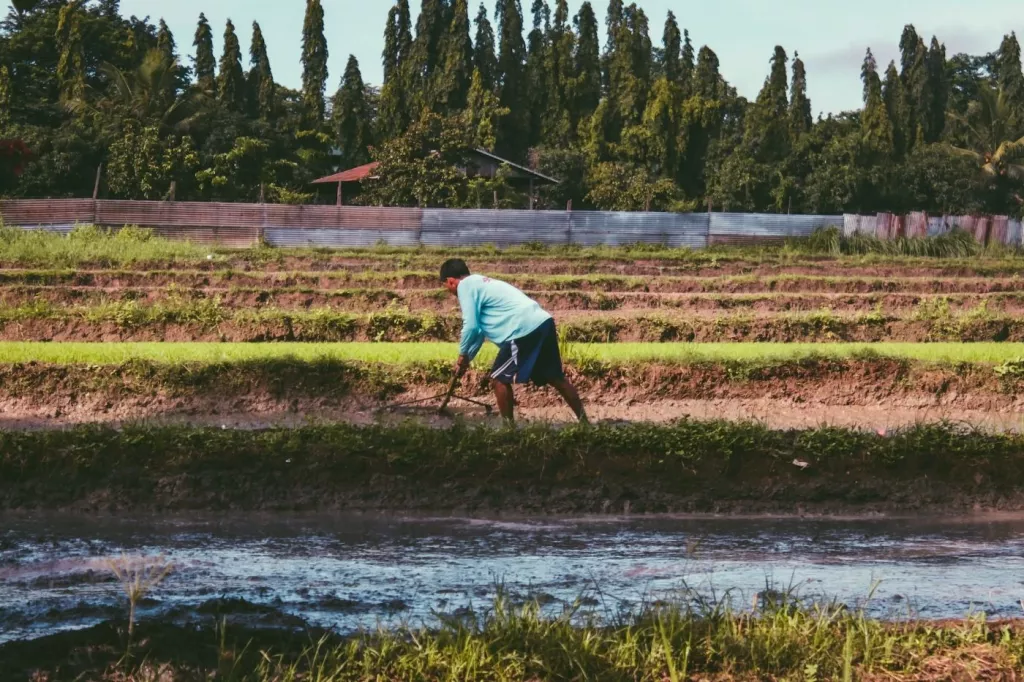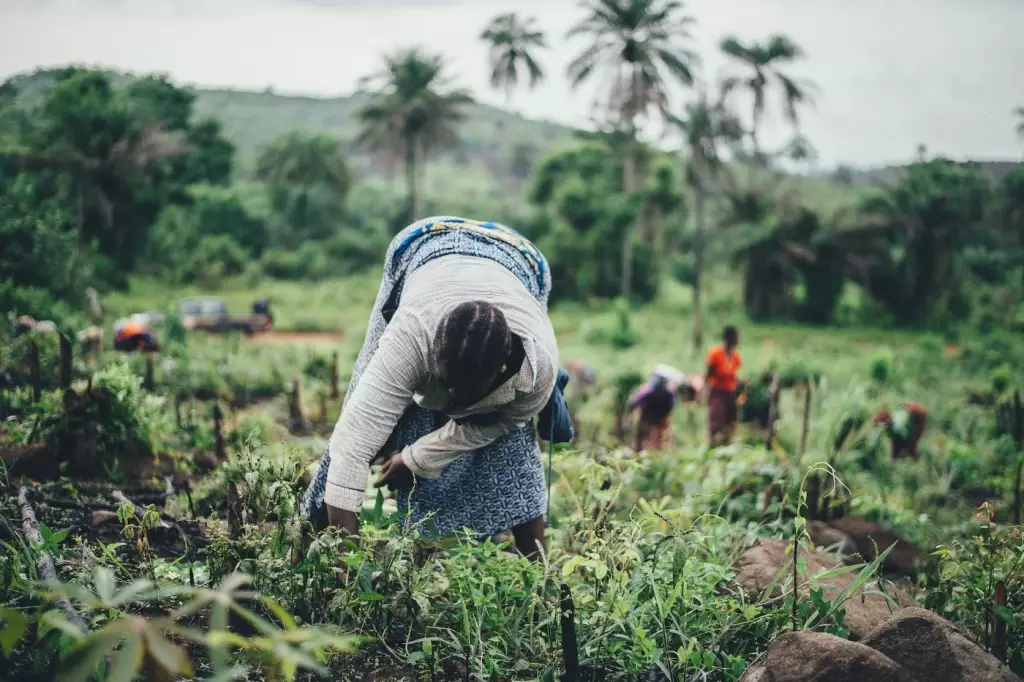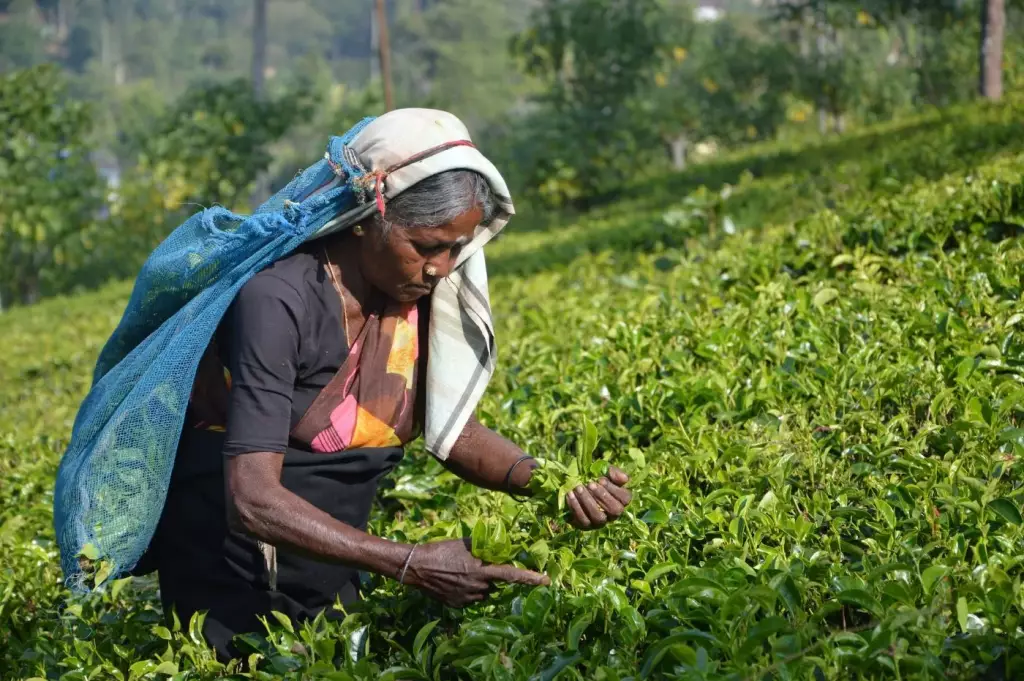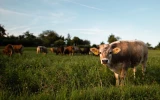Who Qualifies As Smallholder Farmers? (7 Characteristics)
Attempts to define who qualifies as a smallholder farmer have been made in the past; however, there are varying definitions across different cultures. In this article, we aim to provide the seven main characteristics all smallholder farmers should possess.
Smallholder farmers are those who produce small volumes of crops on limited space; produce an export commodity as a main livelihood source; have fewer resources than large-scale farmers; are usually part of the informal economy; can be men or women; depends mostly on family labor; and are often vulnerable in supply chains.
Major commercial products such as coffee, cocoa, and cotton wouldn’t make their way into our households if it weren’t for smallholder farmers. On top of knowing who qualifies as smallholder farmers, knowing their importance and the challenges they face is also necessary to help them. Keep reading to learn more about smallholder farmers.
Summary
- Smallholder farmers are farmers who operate on small pieces of land to produce small quantities of crops, either for their own consumption or for market distribution.
- Smallholders have fewer resources than commercial farmers, but if their problems are addressed well, they can produce larger numbers of crops than large-scale farmers.
- Lack of proper communication and clarity poses problems with relationships between smallholders and supply chains.

Characteristics of Smallholder Farmers
Defining the characteristics of smallholder farmers is important for the government to successfully formulate the right support programs, as well as create policies for the smallholder farming sector.
A smallholder farmer is often described as a family farmer since they rely on family labor to meet production needs and allocate a portion of their harvest for household consumption. Smallholder farmers, sometimes referred to as “small-scale farmers,” include farmers who own the land on which they work and even those who do not.
The 7 characteristics that farmers must possess to qualify as smallholder formers are defined in detail in the Ethical Trading Initiative (ETI) Smallholder Guidelines, and are as follows:
- They produce relatively small volumes of produce on small plots of land.
- Part of their produce is for their own consumption; most of it will be the source of their livelihood.
- They generally have fewer resources compared to commercial-scale farmers;
- They are usually considered part of the informal economy; most of the time, they are not registered, tend to be excluded from aspects of labor legislation, and therefore have limited records.
- They can either be men or women.
- They are highly dependent on family and relatives' labor and will only hire laborers for tasks such as harvesting.
- They are often vulnerable in supply chains.

The South African Department of Agriculture defined smallholder farmers as farmers who produce for household consumption and markets, subsequently earning ongoing revenue from their farming businesses, which form a source of income for the family. The farmers have the potential to expand their operations and become commercial farmers but need access to comprehensive support (technical, financial, and managerial instruments).
Smallholder farming in developing countries remains vulnerable despite the local government’s efforts to help them out with their needs. Smallholders do not have the same resources as commercial farmers. They receive less technical support and are unable to invest in enhanced seeds and other necessities in farming, which often lowers their productivity.
Smallholders also rely mostly on family labor, and if they hire workers, their hired laborers often have low pay. In general, the working conditions of smallholder farmers are not as good and well-supported. Information on smallholder farmers is also limited, which is why defining their characteristics is necessary.
Importance of Smallholder Farmers
Although smallholders operate on small portions of land and produce a minimal number of crops compared to large-scale farms, their contribution to the world’s food resource is large. Recent research shows that farms smaller than 2 acres produce 35% of the world’s food. Around 80% of the food consumed in Asia and sub-Saharan Africa is provided by smallholders. In Africa, smallholders supply 70% of their total food requirements.
Smallholders in developing countries account for a large percentage of those countries’ main agricultural exports. In Ghana, cocoa production is largely contributed by smallholder farmers, harvesting on less than 2 hectares of land per farm. With this, Ghana is the second-largest cocoa producer in the world, as it produces almost 20% of the world’s cocoa supply.
With all these numbers, a study has shown that smallholder farmers can be key in ending hunger and undernutrition worldwide. Faced with many challenges, including profitability, countries must be able to come up with strategies to advertise smallholder farming as a business, overcome these obstacles, and help smallholders gain profit and prosper while contributing to resolving world hunger.
On a small scale, the production of food by smallholder farmers in rural communities is important because it could generate income for the family and produce food for their consumption as well, therefore contributing to the rural economy.
It’s good to note that a smallholder farmer is not only a farmer out of the profession. They are important because farming is their way of life, and supplying the local food system and feeding the community is more than a profession for these smallholders. They know the land like the back of their hands more than any other farmer does.
Challenges faced by smallholder farmers
Another definition of a smallholder farmer is one whose scale of operation is too small to attract the provision of the services they need to be able to significantly increase productivity.
Smallholder farmers often have limited access to both education and land, with some having access to less than one hectare of land for agricultural production. These characteristics, combined with other obstacles such as a lack of finance, pose challenges for the farmers to continue to produce sustainably, especially during long periods of drought.
During natural disasters such as droughts, the government still uses band-aid approaches when supporting smallholder farmers. This is because information on smallholder farmers and their needs is limited, so there’s a lack of understanding.
Below are some of the problems faced by smallholders and their employed workers.
Workers employed by smallholders and smallholders themselves don’t have regularization, are not subject to rules, and often lack the following:
- drinking water
- adequate toilet facilities
- protective clothing
- freedom of association
- access to medical facilities
- living wages
- sick, overtime, and annual leave pay
These challenges must be defied by the government by expounding on more research on smallholder farmers and basing their policies and support programs accordingly.

The needs of smallholder farmers
Lack of communication and clarity often spark problems with smallholders and those who purchase from them. Some supply chains lack transparency, and smallholders and workers have limited knowledge about the supply chain above them.
Here are the needs of smallholder farms that the government may address when making policies:
- Written contracts with purchasers
- Prompt notice of price, volume, and quota requirements
- Greater transparency in weighing/grading of produce
- More information on markets, supply chains, and the retail calendar
- Access to several purchasers rather than restriction to one
- Access to affordable inputs to avoid debt
- More practical training and guidance on growing the crops
- Help with infrastructure development.
- Capacity building
- Higher, prompt, and regular payments (so that they can plan their own spending)
- Groups to represent their interests.
- Funds for protective equipment, seeds, and pesticides
- Help with record keeping
- Greater availability of seeds
- Better access to water for irrigation.
